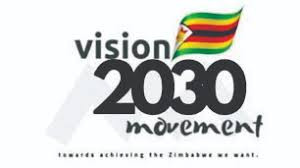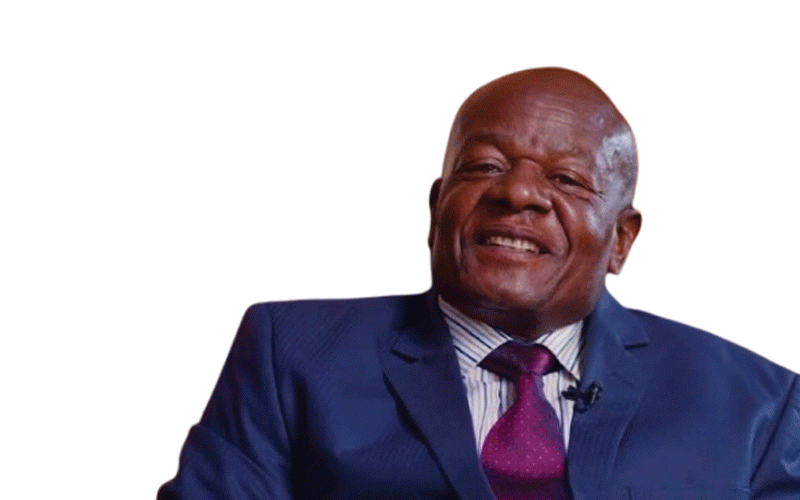
ustainable development meets the needs of the present day without compromising the ability of future generations to meet their own needs. Artists have a role in embracing issues that orient to sustainable development as a means to understand their individual impact on issues to do with the environment.
The United Nations promulgated Agenda 2030 for sustainable development which was adopted in 2015. The agenda identified the 17 Sustainable Development Goals (SDGs), which guide countries to work towards the goal of creating a peaceful, socially inclusive and environmentally responsible future.
The 17 SDGs are recognised as something that is self integrated as action in one area, which can affect the outcomes in another. For example, artists have to comprehend how poverty has an impact on good health and wellness, while decent work has an impact on reduced inequality. Artists, thus, have to strive for the common vision which is to have a sustainable world that is free from poverty, hunger and diseases as well as the fear of violence.
At the same time, however, it is culture through different forms of Art that can directly influence the goals of SDGs, such as decent work, reducing social inequalities, and access to education. In contrast, indirect benefits of culture are obtained through culturally conscious and effective implementation of development goals.
Art in its various manifestations certainly has considerable potential to support sustainable development, especially in developing countries like Zimbabwe. Art forms like music, dance and crafts can also potentially interact with knowledge and the information revolution to gain access to new, lucrative sustainable markets which as promotes socio-economic development.
For example, the first SDG stipulates the need to reduce poverty, which is something that can be addressed by the artists in their role as social advocates. For example, in Zimbabwe women remain vulnerable to poverty, which is aggravated by an unequal access to education, less paid work, less wealth and the social roles ascribed to them.
Artists can support the fight against poverty by exporting their works and selling it to a wider market and niche. Local communities that are immense in art can also benefit highly as they can make art a lever of international trade; especially when exposed to a global audience.
Tourism is one classical way that can be utilised to reduce poverty as the crafts and music sectors entangles the promotion of local art and its viability in income generation projects.
- Edutainment mix: The art of collaboration is better than competition
- Firm Faith postpones album unveiling
- Edutainment mix: The artist in the child policy formulation context
- PR & communications: 2022: The era of performance communications
Keep Reading
The third SDG, for instance, highlights the need to promote good health and well-being. Environmental pollution and climate change coupled with the outbreak of pandemics have also become new challenges that the artist has to be aware of.
It also is of importance for the artist to protect the mental health of citizens which has been exacerbated by over work, social alienation, in appropriate use of new technologies including social media, which has exposed many people to forms of bullying.
In pushing for the achievement of this goal, the artist takes the role of the advocate where they edutain and enlighten the wider community with regard to awareness on the promotion of health and good well-being.
It is worth it for artists to use craft for therapeutic purposes. This solution has been used for a long time, especially in the form of workshops that help treat depression. There is need to focus on art to help in reducing stress. Art also increases self-esteem.
Gender equality is a goal particularly closely related to SDGs 1, 4, 8 and 10. Here, too the artist has a role to play in terms of advocacy and edutaining communities with regards to issues that relate to gender based violence.
It is of note that in the context of Zimbabwe there is still much to be done in ensuring women’s access to the labor market, health care, and access to education. Rural girls and women are the most affected. Equality has been proven to be one of the most important ways to improve the entire economy and promote sustainable development.
For example, in traditional handicrafts, women have been involved for generations. They perform the most arduous and laborious activities, such as weaving, sewing, embroidery, and knitting.
At the same time, these are relatively poorly paid jobs which create the problem of an invisible contribution to the manufacturing process, and the sale of handicrafts activity falls to men who often become the "face" of the craft.
We always speak of the arts sector as an industry and this aligns with the SDG 9. In this line of thought, art certainly inspires designs and styles, but also gives simple solutions that can then be mechanized in industrial production.
In turn, the human factor, which stands at the center of crafts, is also successfully used even for quality management in production. Artistic craftsmanship is undoubtedly an area that stimulates creativity, necessary in creating innovative solutions.
SDG 12 outlines how material consumption has expanded rapidly, as well as material footprint per capita, which seriously jeopardizes on the achievement of sustainable development.
Artists have the role to stimulate urgent action which is needed to ensure that current material needs do not lead to the over extraction of resources or to the degradation of environmental resources.
Artists need to assist in creating awareness and promotion of policies that improve resource efficiency, reduce waste and mainstream sustainability practices across all sectors of the economy.
Arts and crafts must be fields that deeply support responsible consumption and production of natural resources as this is something that all artists in every discipline have to encourage in their art works.
Artists and cultural practitioners also have a role to play in the processes that orient to the creation of resilience and inclusivity and the promotion of development. Artists and cultural practioners can actualise this through a range of initiatives which are inclusive of thought leadership, advocacy for culture and the arts, community development programs and artistic projects.
Art in sustainable development thus becomes a factor that has the power of fostering of social inclusion.
In the context of Zimbabwe, it is of note that art remains something that has the capacitance to transcend languages and ages. Art synergies create a platform that enhances the exchange of development oriented information between practitioners and community members as it has the ability to make people to think of themselves and others, and how they can use art to develop their communities.
There are transformations which are needed to realise the SDGs which encapsulate creative endeavors which call for the involvement, empowerment and the inclusion of traditionally disadvantaged groups and the creation of new forms of alliances.
Art can thus play a role in the boosting of the collective capacities to address the urgent sustainability challenges which ravage the current global spectrum. This can be done through the turning of passive audiences watching the dramaturge of unsustainability into empowered actors that are engaged in the SDGs.
Raymond Millagre Langa is a musician, poet, orator, and founder of Indebo Edutainment Trust. Follow Raymond Millagre Langa on Facebook, Instagram @Millagre Ray L. Email Raymond Millagre Langa on [email protected] and [email protected].










